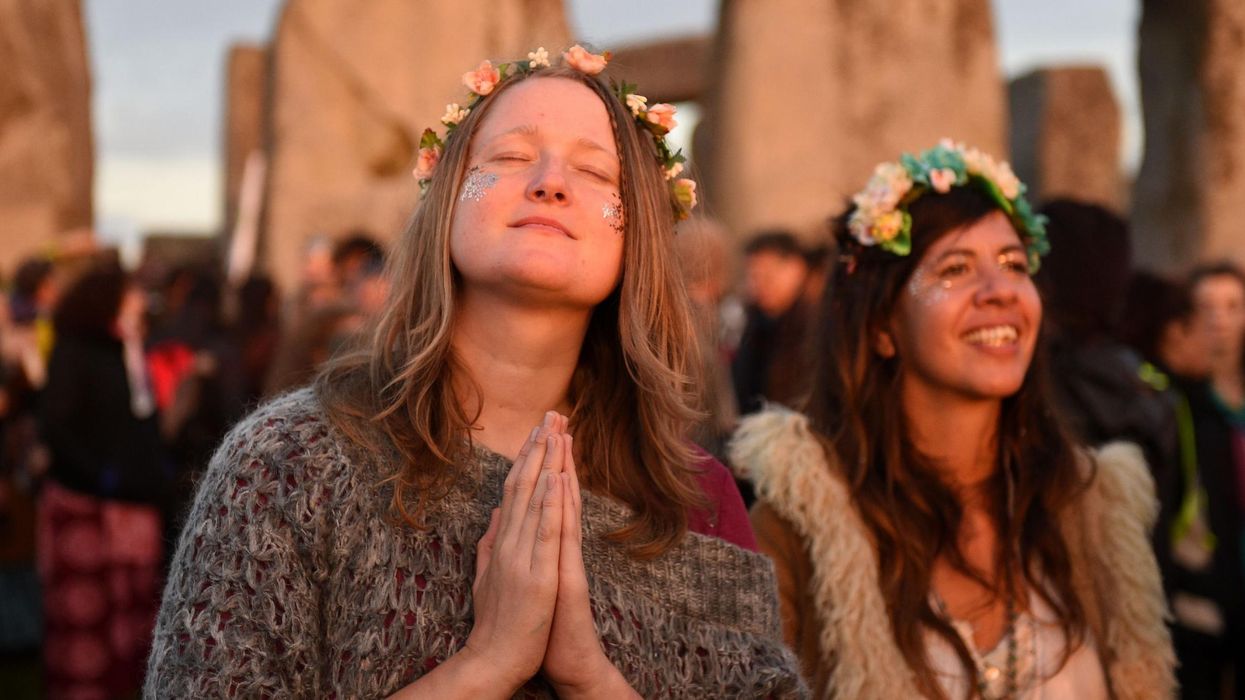Joe Sommerlad
Jun 21, 2019
Summer solstice arrives in the northern hemisphere on Friday 21 June, giving the UK its longest day of the year and marking the official end of spring.
What happens and when?
The sun will rise at 4.43am and set at 9.21pm on Friday, presenting us with 16 hours and 38 minutes of daylight, a phenomenon that occurs because the sun has reached its highest point in the sky over the northern half of the globe as the earth turns on its axis.
Norway, Iceland and areas north of the Arctic Circle experience continuous daytime at this point in the year as a result of the star's level with the Tropic of Cancer.
After 21 June, the nights begin to gradually get shorter as the rotation of the planet takes the north further and further away from the glare of the sun, culminating in the autumn equinox on 23 September.
How is it celebrated?
Midsummer has been celebrated among pagan cultures for centuries, the day of "solstinium" ("standing still of the sun") associated with symbols of fertility, rebirth, the harvest and the bounty of nature.
Stonehenge in Wiltshire remains a focal point for druids, sun-worshippers and other garland-sporting hippies to this day, who arrive in droves at Salisbury Plain to see the rays of the rising sun line up with the ancient site's Heel and Altar stones at dawn.
The Neolithic temple is believed to have been built between 3,000 BC and 2,000 BC and designed to serve as an astronomical calendar by the earliest Britons.
Not wanting to trek all the way to Wiltshire to celebrate the sun? Other stone circles are available, however, including Swinside in the Lake District, Beaghmore in Northern Ireland and the spectacular Ring of Brogadar in the Orkney Islands.
Top 100
The Conversation (0)














